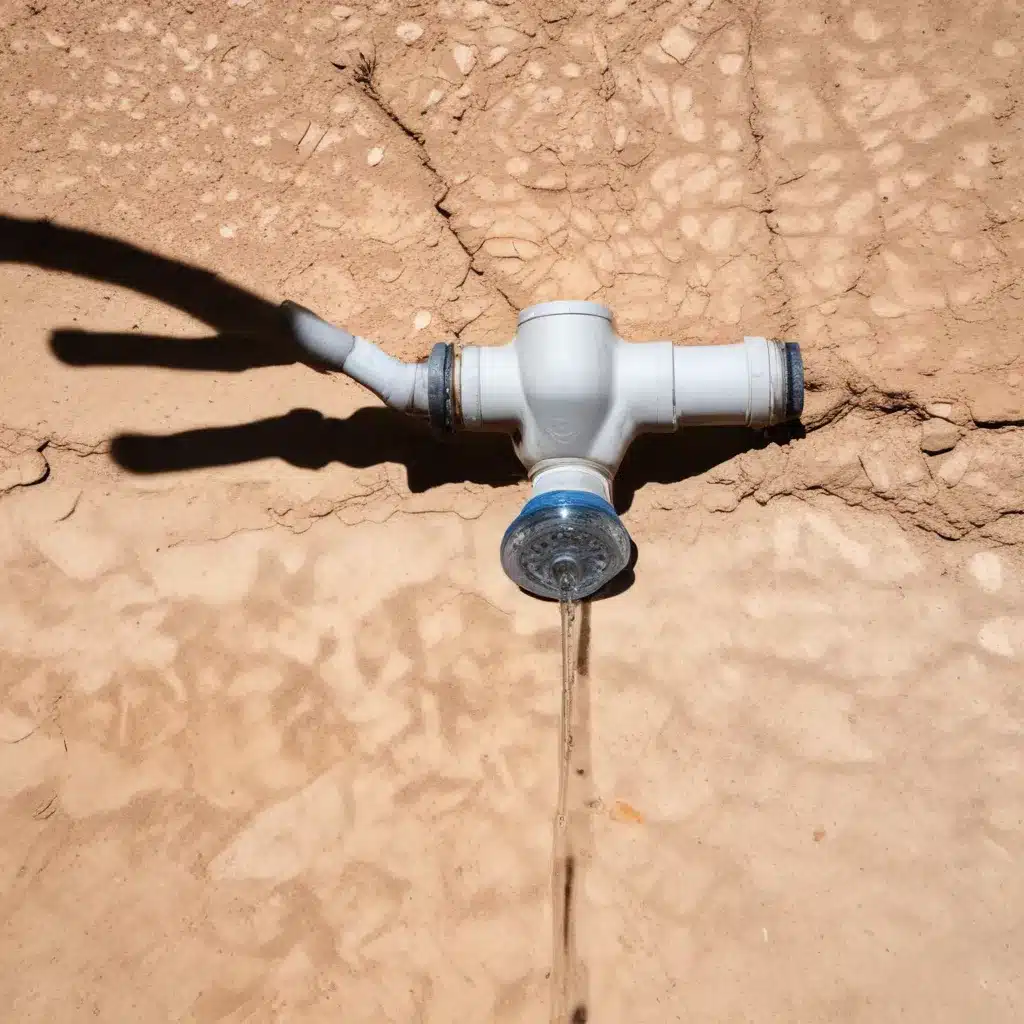
Confronting the Global Water Crisis
From Spanish officials declaring a state of emergency due to drought to unprecedented water shortages hammering Mexico City, the world is facing a growing water crisis. Global water scarcity is a pressing reality, with at least 50% of the planet’s population – 4 billion people – dealing with water shortfalls for at least one month per year. By 2025, an estimated 1.8 billion people are likely to face “absolute water scarcity,” according to the Food and Agriculture Organization (FAO).
This alarming situation has prompted the United Nations Environment Assembly to pass a resolution calling for better management of aquatic ecosystems and strengthened global collaboration to support sustainable development. As Leticia Carvalho, Principal Coordinator of the Freshwater and Marine Ecosystems Branch at the United Nations Environment Programme (UNEP), states, “Solutions are within reach, but we need innovative thinking, greater political commitment and collaboration, and increased financing so that when it comes to water, no one is left behind.”
Protecting and Restoring Natural Water Sources
At the heart of the water crisis lies the rapid disappearance of the very ecosystems that supply humanity with fresh water. Wetlands, peatlands, forested catchment areas, lakes, rivers, and groundwater aquifers are falling victim to climate change, overexploitation, and pollution, undermining their ability to provide communities with water. Urgent action is needed to protect and restore these natural water sources.
Develop Measurable Targets for Ecosystem Restoration: Countries should establish specific, measurable goals for protecting and reviving degraded natural spaces, weaving these objectives into national plans to counter climate change, protect biodiversity, and avoid drought and desertification. This is especially crucial for securing water supplies for cities, many of which are suffering from acute water shortages.
Harness the Power of Green Infrastructure: Combining the conservation and restoration of nature, such as mangroves and seagrasses, with conventional engineered approaches like dams and seawalls can create “green-gray” infrastructure that fortifies communities against climate impacts while providing fresh water, clean air, and other natural benefits. By strategically blending these strategies, communities can maximize resilience and sustainability.
Improving Water Efficiency
Increasing the efficiency of water use, particularly in the agricultural sector, is a critical component of addressing the global water crisis. Agriculture accounts for approximately 70% of all freshwater consumed globally, making it a prime target for conservation efforts.
Adopt Water-Saving Food Production Methods: Techniques such as hydroponics, drip irrigation, and agroforestry can significantly reduce water consumption in food production. Encouraging the shift to plant-based diets, which generally require less water than meat-based diets, can also contribute to water conservation.
Reduce Household and Municipal Water Leaks: Enormous volumes of water are lost through leaky infrastructure and household plumbing. In the United States alone, household leaks waste nearly 1 trillion gallons of water per year. Addressing these leaks through regular maintenance and upgrades can yield substantial water savings.
Leverage Unconventional Water Sources: As traditional water sources like lakes, rivers, and aquifers dwindle, countries must get creative. Wastewater treatment, rainwater harvesting, and sustainable desalination can help tap into undervalued water resources, though the latter approach must be carefully managed to mitigate environmental impacts.
Integrating Water Management with Climate Action
Climate change is directly impacting rainfall patterns, aquatic habitats, and water quality, while the degradation of water-based carbon sinks like peatlands is exacerbating the climate crisis. To address this destructive feedback loop, countries must harmonize their water management strategies with their climate change policies.
Protect and Restore Carbon-Rich Ecosystems: Prioritizing the protection and restoration of wetlands, peatlands, and other water-based carbon sinks can help mitigate climate change while safeguarding critical water resources.
Adopt Integrated, Cross-Sector Approaches: Decisions about water use, pollution, and conservation cannot be made in isolation. Countries must develop comprehensive action plans that address the complex water-energy-food-ecosystems nexus, ensuring coherent responses to water-related challenges.
Empowering Communities through Incentives and Collaboration
Effective water management requires more than just technical solutions; it demands innovative governance frameworks and greater public engagement. Incentive-based approaches, such as water markets and impact investment, can play a crucial role in driving sustainable water use, but they depend on sustained investments in governance and institutional capacity.
Leverage Economic Instruments for Water Allocation: By creating incentives for efficient water use and conservation, water markets and similar mechanisms can help ensure that water is allocated to meet both human and environmental needs. However, these approaches require robust data, clear policies, and the ability to manage conflicts and adapt to changing conditions.
Foster Collaboration Across Sectors: Bringing together experts from fields like economics, conservation, and engineering can help bridge the gap between theory and practice, generating new insights and real-world solutions for water security. This collaborative approach can inform policy, guide investment decisions, and drive innovation in water management.
Conclusion: A Call to Action for a Water-Secure Future
The global water crisis is a complex challenge that demands a multifaceted response. By protecting and restoring natural water sources, improving water efficiency, integrating water management with climate action, and empowering communities through innovative governance, we can work towards a more water-secure future for all.
As the world grapples with the impacts of water scarcity, the time for action is now. By embracing these comprehensive water conservation strategies, we can build resilience, safeguard our precious freshwater resources, and ensure that no one is left behind in the quest for a sustainable water future.
Additional Resources
For more information on water conservation and sustainable plumbing and heating solutions, visit the DD Plumbing and Heating website.


